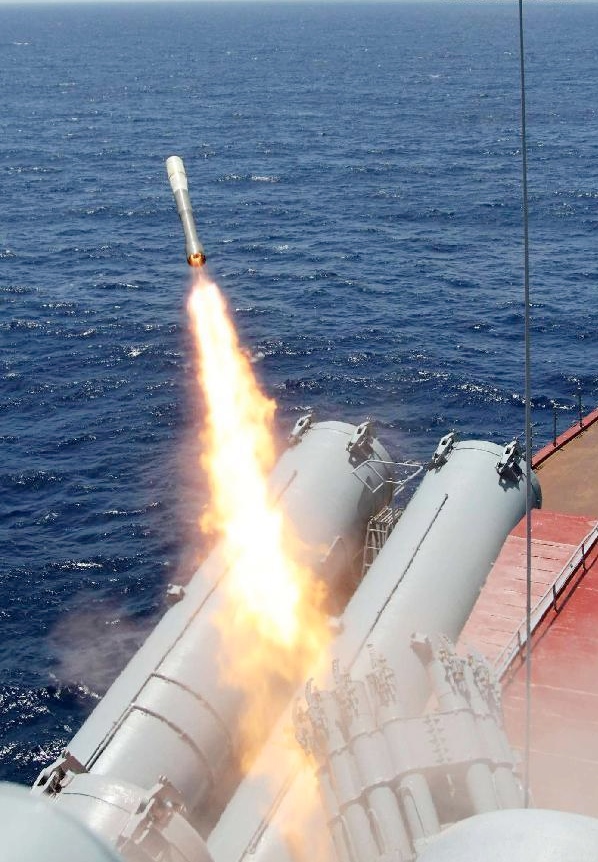

Follow us on:  
|


China and Russia have increased their joint naval exercises, such as the China-Russia “Joint Sea” drills, since 2012 [Xinhua]
The Chinese fleet, which consists of missile destroyers, frigates, submarines, helicopters and naval personnel arrived in the Russian port of Vladivostok on Monday.
The Russian fleet includes a large anti-submarine ship, a frigate, a rescue ship, a deep submersible rescue vehicle, two ship-borne helicopters and marines, the media reported.
The joint naval exercises will also be conducted in the Sea of Okhotsk, north of Japan.
The first stage of the drills, known as the Joint sea-2017, began in July. The second stage is expected to last a week and end on September 26.
The drills will include exercises in amphibious landing, anti-submarine maneuvers, defense and rescue, and involve “navy surface ships, submarines, fixed-wing aircraft, ship-borne helicopters, marine corps and amphibious armored equipment”.
The drills, although previously scheduled, come as both Washington and Pyongyang up the ante on threats of all-out war.
On Monday, US Defense Secretary Jim Mattis said that Washington would change tactics and target North Korean missiles if they were “to be aimed at Guam or U.S. territory.
US political pundits as well as White House sources have said that there were a number of possible military scenarios that could be put to use if the situation were to worsen with North Korea.
China and Russia have strongly objected to the military option and insisted that diplomacy is the only way to decrease tensions on the Korean Peninsula.
The BRICS Post with inputs from Agencies
This article has been modified to include the South Korean claim of the use of the name East Sea.